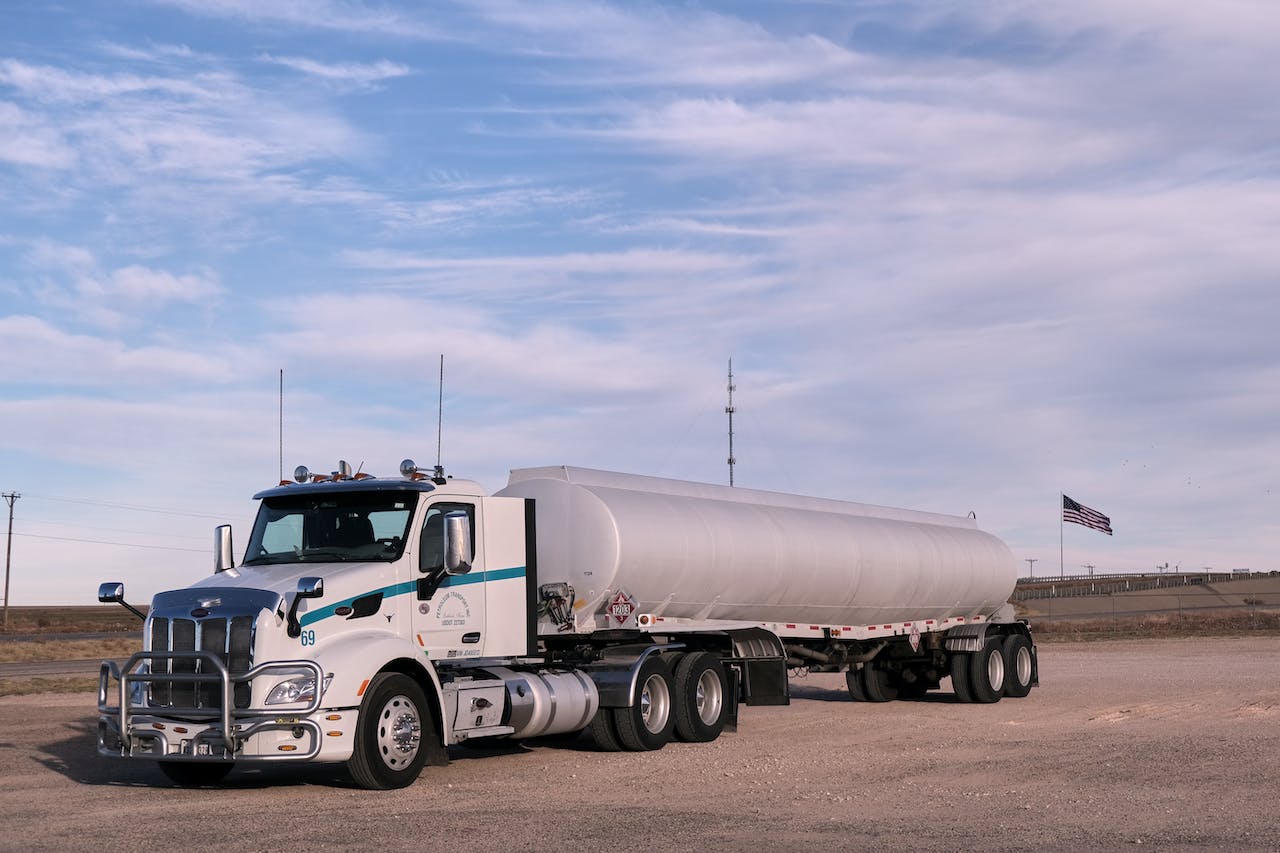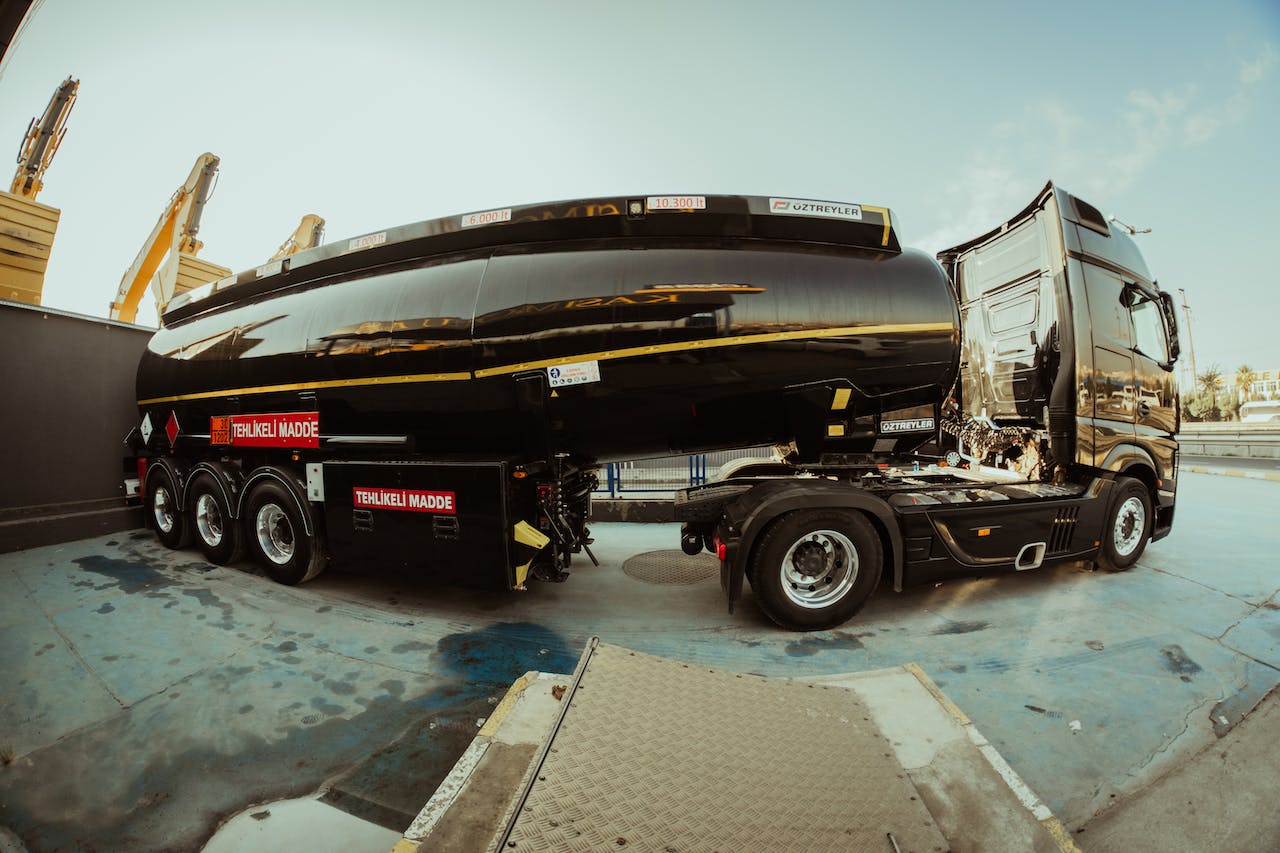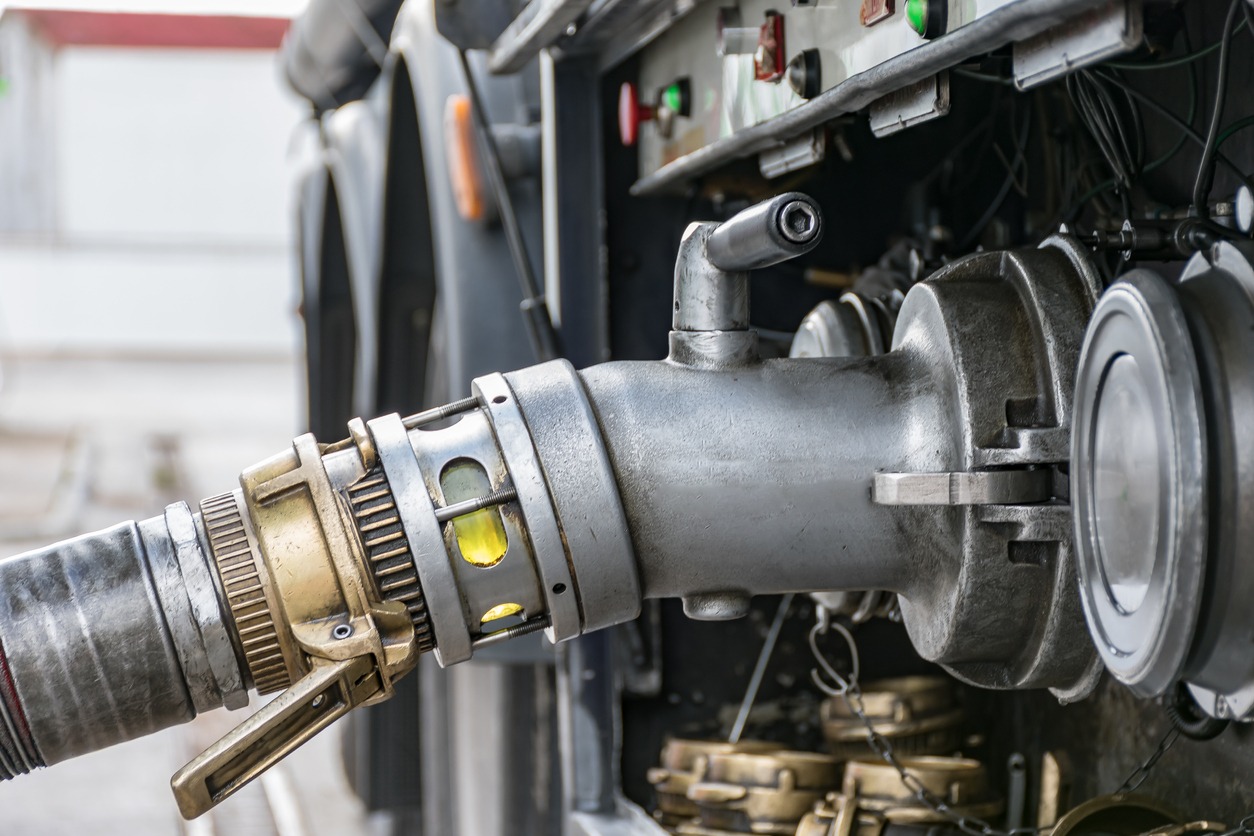Fossil fuels, such as petrol, present significant hazards due to their highly flammable nature, which poses a substantial risk of ignition if mishandled. Beyond the immediate dangers of fire, these substances also carry considerable health and environmental hazards. Despite these dangers, fuel transportation is often necessary for various work-related activities.
For instance, vehicles and machinery that require refueling at the job site necessitate the procurement and transportation of fuel from service stations to the workplace. Similarly, outdoor activities like camping may require fuel transport to power portable generators. In all these scenarios, it is imperative to prioritize safety, ensuring that the handling and transportation of fuel are conducted with the utmost care and adherence to safety protocols.
As such, read on to learn about the hazards of transporting fuel and how to do it safely. Absorbents Online has emergency showers if they are needed.
Hazards of Transporting Fuel
Transporting fuel, whether for industrial, commercial, or recreational purposes, involves several hazards that pose significant risks to human health, safety, and the environment. Understanding these risks is crucial for implementing effective measures to mitigate them. Here are the primary hazards associated with fuel transportation:
- Fire and Explosion Risks: Fuel is highly flammable and can easily ignite from a spark, flame, or static electricity. This makes the risk of fire and explosion one of the most significant concerns in fuel transportation. An accident or improper handling can lead to devastating fires or explosions, endangering lives and causing extensive property damage.
- Health Hazards: Exposure to fuel vapors can have adverse health effects. Inhalation of these vapors can lead to respiratory problems, dizziness, headaches, and even long-term health issues like kidney damage or cancer with prolonged exposure. Direct skin contact with fuel can cause irritation, dermatitis, and other skin conditions.
- Environmental Impact: Fuel spills during transportation can have severe ecological consequences. Fuel can contaminate soil and water sources, harming wildlife and ecosystems. It can also contribute to air pollution, affecting air quality and contributing to climate change.
- Chemical Hazards: Fuel contains various chemicals, including benzene, toluene, and xylene, which are hazardous to human health and the environment. These chemicals can be released into the air during transportation, posing risks to those nearby.
- Accidental Spillage: Accidents during transportation can lead to fuel spillage, which is not only a fire hazard but also a significant environmental concern. Spills can contaminate land and waterways, affecting plant and animal life and potentially entering human water supplies.
- Traffic Accidents: Transporting fuel by road increases the risk of traffic accidents. Collisions involving fuel transport vehicles can lead to spills, fires, and explosions, significantly escalating the accident’s severity.
Choosing the Right Portable Fuel Tank
The right portable fuel tank is essential for safe and efficient storage and transportation. Whether you’re refueling machinery on a job site, powering a boat, or needing a fuel supply for outdoor activities, selecting the appropriate tank involves several key factors.
Material: Portable fuel tanks are typically made from high-density polyethylene (HDPE) or metal (such as aluminum or steel). HDPE tanks are lightweight, resistant to corrosion, and less prone to condensation inside the tank. Metal tanks are durable and robust, making them suitable for harsh conditions, but they can be heavier and more susceptible to corrosion if not correctly maintained.
Capacity: Choose a tank size that meets your fuel storage needs and is manageable, making transport difficult. Tank sizes range from a few gallons for small generators or outdoor equipment to larger sizes for boats or heavy machinery. Consider your equipment’s fuel consumption and the use duration to determine the appropriate capacity.
Certifications and Regulations: Ensure the portable fuel tank complies with local, national, and industry-specific regulations and standards. In many countries, tanks must meet specific certifications (such as UN/DOT approval) that attest to their safety and environmental compliance.
Portability Features: Look for tanks with features that enhance portability and ease of use, such as ergonomic handles, wheels, or built-in dolly systems, especially for larger tanks. These features can significantly reduce the effort required to transport and maneuver the tank.
Fuel Compatibility: Make sure the tank is compatible with the type of fuel you plan to store. Some materials and tank designs are better suited for gasoline, while others are more appropriate for diesel, kerosene, or biofuels. Using the wrong tank type can lead to material degradation and safety hazards.
Venting and Fuel Dispensing: Good ventilation prevents pressure build-up inside the tank. Look for tanks with venting systems that allow for safe expansion and contraction of fuel. Additionally, consider the fuel dispensing mechanism (pump, nozzle, and hose) for efficiency and ease of use. Manual pumps are standard, but electric or battery-operated pumps offer convenience for larger tanks.
Durability and Build Quality: Assess the tank’s overall durability and build quality. It should be robust enough to withstand the rigors of transport and use in various environments. Check for solid construction, high-quality fittings, and a design that minimizes the risk of leaks and spills.
Price and Warranty: While price is an important consideration, it should not be the sole deciding factor. Investing in a high-quality, durable tank can save money in the long run by preventing accidents and environmental damage. Additionally, consider the manufacturer’s warranty to indicate the product’s quality and longevity.
Filling Portable Containers
There are safety measures to follow while utilizing a portable gasoline tank that is appropriate for you. Ensure there isn’t a nearby ignition source when you fill up your tank. Additionally, since using a mobile device next to gasoline canisters might ignite them, you must avoid doing so. Further, it would be best to fill the container gradually while keeping it on a level surface. Don’t fill the container to the brim. You should give the fuel a little room to expand.
Safety Transportation of Fuel
Ensuring safe fuel transportation requires meticulous attention to detail and adherence to safety precautions. Begin by positioning the fuel containers on a level surface within the rear of your truck, ensuring none are tilted before departing the service station. It’s critical to tightly secure the caps on all containers to prevent vapor release, as fuel vapor can pose a significant hazard near heat sources. If you are carrying petrol or diesel, you should correctly label the containers and include a danger warning sign showing the hazard of the contents.
Furthermore, it is advised to refrain from filling containers to their maximum capacity to adhere to safety guidelines and avoid legal issues. Spill kits are essential for addressing unexpected leaks or spills that could lead to a fire outbreak. Additionally, equip your vehicle with a dry powder fire extinguisher, regularly inspect it weekly, and service it annually to ensure preparedness in case of a fire.
Training for drivers in emergency response and using fire extinguishers is indispensable to safeguard their lives and those around them. Such training equips individuals with the knowledge to handle emergencies effectively and mitigate the risk of explosions and fires.
Upon reaching your destination, store the fuel in a well-ventilated area, avoiding indoor spaces to eliminate risks of explosion or fire. When refueling equipment, employing the correct funnel is crucial to prevent spills, further emphasizing the importance of meticulous safety practices in the transportation and handling of fuel.
Legal and Regulatory Compliance
Ensuring legal and regulatory compliance in fuel transportation is crucial for maintaining safety and avoiding legal repercussions. This involves a thorough understanding of the various laws and regulations that govern the transport of hazardous materials, including fuel. These regulations are designed to protect the public, the environment, and the individuals handling the materials by setting standards for packaging, handling, and transporting. They may vary by region but generally include requirements for the proper labeling, documentation, and safe transportation practices.
In addition to understanding these regulations, using containers certified for fuel transport is essential. These certifications indicate that the containers meet specific safety standards capable of preventing leaks and spills. Regular inspections of these containers and the transport vehicles are also mandatory to ensure they remain in good condition and comply with safety standards. These inspections can help identify potential issues before they lead to accidents or environmental damage. Compliance with these legal and regulatory requirements is not just about adhering to the law; it’s a critical component of ensuring the safety of everyone involved in transporting fuel.
Emergency Preparedness
Emergency preparedness is vital to safely transporting fuel, requiring meticulous planning and readiness to address potential incidents swiftly and effectively. This involves maintaining a readily accessible list of essential emergency contact information, including local fire departments, hazardous material response teams, and medical facilities, to ensure a quick response during an accident.
Equally important is the availability of appropriate firefighting equipment and safety gear within the transport vehicle. This includes having adequately maintained fire extinguishers suited for chemical fires and protective gear for the driver and any accompanying personnel to safeguard against fuel exposure and fire hazards.
Additionally, a well-defined plan outlining evacuation and initial firefighting procedures is crucial. Such a plan should detail the steps to be taken during a fire or spill, including how to evacuate the area safely, methods for containing spills, and initial firefighting measures before professional emergency responders arrive. This comprehensive approach to emergency preparedness enhances the ability to manage accidents effectively, minimizing risks to human health, the environment, and property.
Conclusion
Fuel is highly flammable, and it ignites easily if not handled correctly. Fuel can also threaten one’s health if it mixes with drinking water underground following a spill. Additionally, fuel spills can also affect aquatic life and vegetation. Therefore, there are many safety precautions that you should take when transporting fuel. As you have observed, fuel should only be transported in the correct container and the approved safe quantity.



